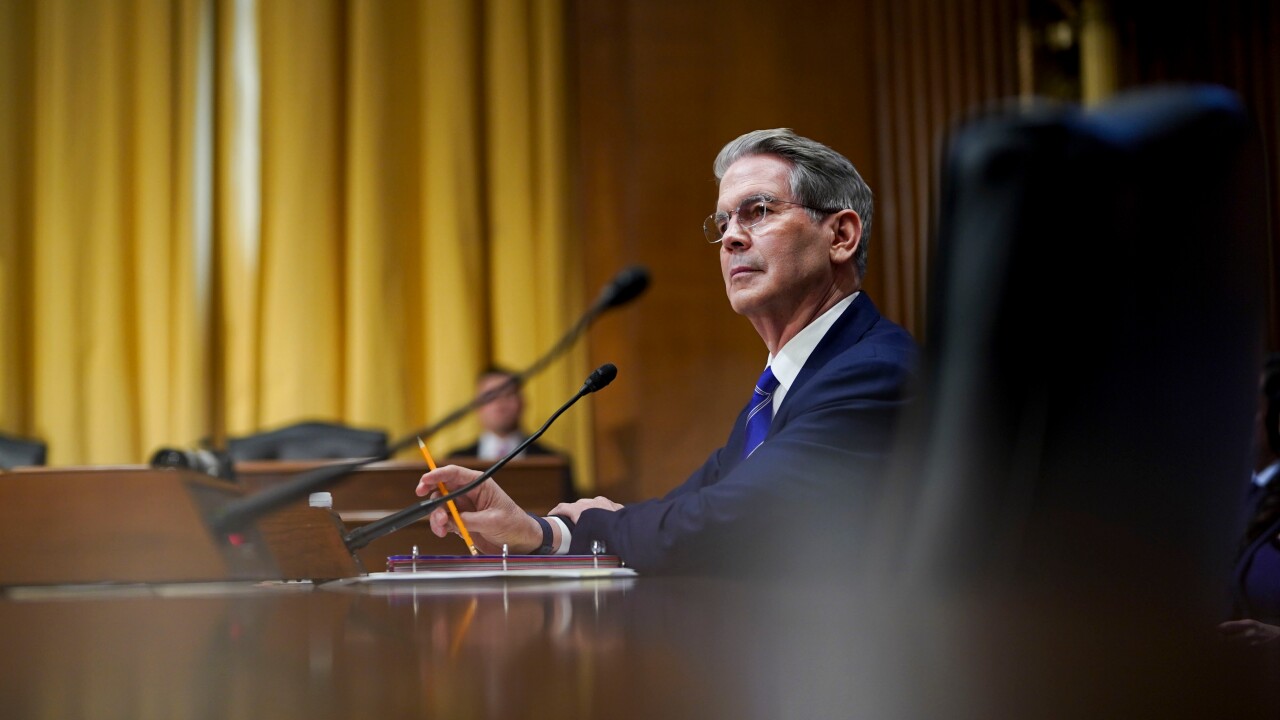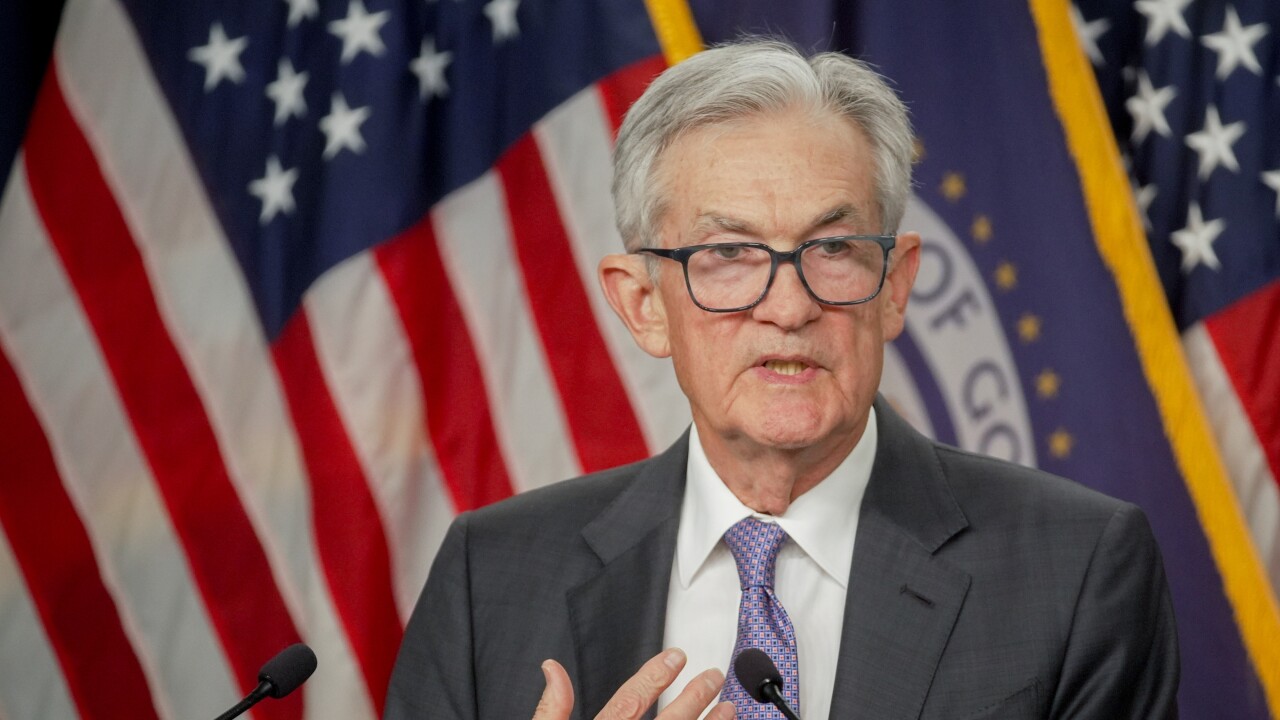
If Uber has not revolutionized payments, it has at least had a major impact on payments-technology strategy, serving as an aspiration for developers.
"Invisible payments are the goal, the coolest trend in payments is the transactions are becoming invisible," said Anu Somani, head of global payables and embedded payments for
Somani was speaking in a virtual panel on embedded payments, or payment products that are integrated into software or a platform. Consumers or businesses use embedded payments to complete a transaction without leaving an app or website.
Embedded payments enables an experience that is similar to Uber, where riders book on an app and then leave the car without taking out a wallet to pay. Uber has recently launched a
Uber has attracted hundreds of payment partners, including
"A lot of consumers find this easier to manage and like being able to track their Uber payments into the Klarna app," Klarna said in an email. "For Uber, they get a simplified payment process and a new channel to grow their business."
Uber did not respond to a request for comment.
Getting embedded
Banks are
The global market for embedded payments is projected to pass $138 billion by 2026, a 200% increase since 2023, according to
"We want to eliminate steps in payments or reduce a bunch of steps to just one jump," said Bennie Pennington, senior vice president of embedded banking at
In a recent project,
Health care payments are often complicated, including patients, providers and third-party payers like insurers. There are a lot of forms, and changes in payment amounts as the medical practice engages with insurers and patients on the final bill.
"The software company wanted an omnichannel experience for everything from the copay to the bill that it could offer to dentists that are opening a new practice," Pennington said. "In the end, that software company got very good growth by selling that payment product, so we're proud of how that went."
U.S. Bank's embedded-payments strategy includes a recent partnership with Driveway.com, a used car reseller. The Driveway.com partnership enables a seller to enter their license and vehicle identification number into an app and receive a sales quote. If the seller accepts that quote, a representative from the site's network is dispatched to inspect the car, which can then be loaded into a tow truck if the e-commerce site's offer is accepted.
The seller receives payment nearly instantly via a combination of embedded payments and The Clearing House's RTP network.
"For most people, a car is the second-largest transaction in their life, after a house," Somani said. "This is a way to remove the friction from that."
Tips for bankers
The opportunity in embedded banking has made it
Writing for
The expansion of application programming interfaces has made it easier for users to access bank's embedded banking programs, though there's still the option to install more traditional interfaces, Pennington said.
"Companies are at different stages of their journey," he said. "They may be a fintech-style company or a manufacturer that has been in business for more than 100 years."
U.S. Bank has a virtual studio where users can test or customize embedded payments. The bank has also developed an online marketplace of third party and treasury management products that are integrated with the bank's technology. This is designed to help businesses adopt new payments, working capital loans and other treasury services available through embedded payments.
"This helps answer the question: Fintech and bank partnership, friend or foe?" Somani said. The marketplace enables businesses to access services that the bank has vetted. "The bank provides the assurances while the fintech provides the cool front end," Somani said.
Somani and Pennington both suggested a tight link between embedded payments and real-time processing, which enables transactions tied to third-party partners to execute quickly and at all times.
"RTP provides data in real time and accelerates how you get paid," Pennington said, adding real-time payments can also provide payment acknowledgements instantly, which can be useful to promote partnerships with real estate companies or other organizations that rely on time-sensitive transactions.
"With payments for real estate, there are big transactions where you can settle funds instantly. We need to settle and get acknowledgements on the spot."






